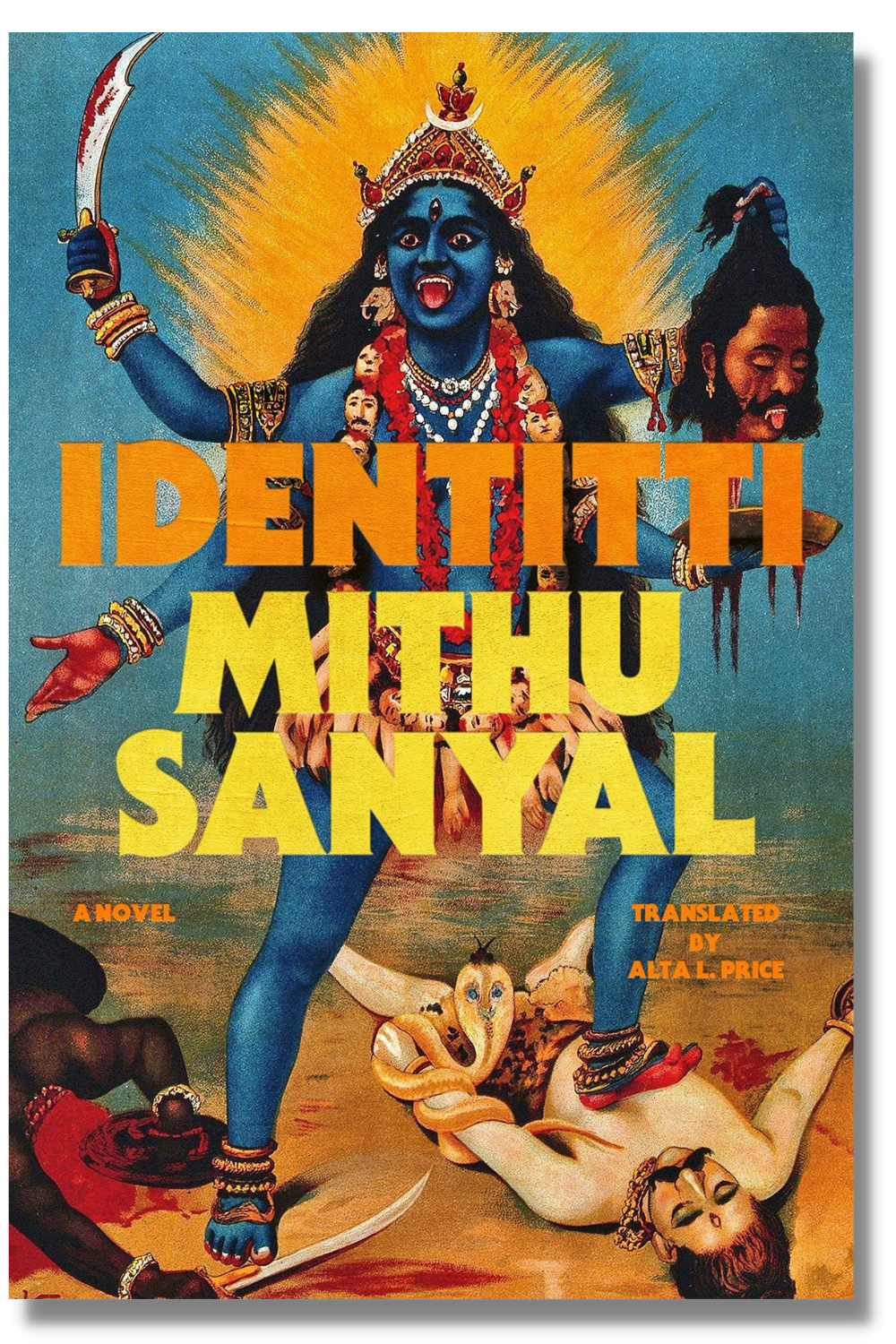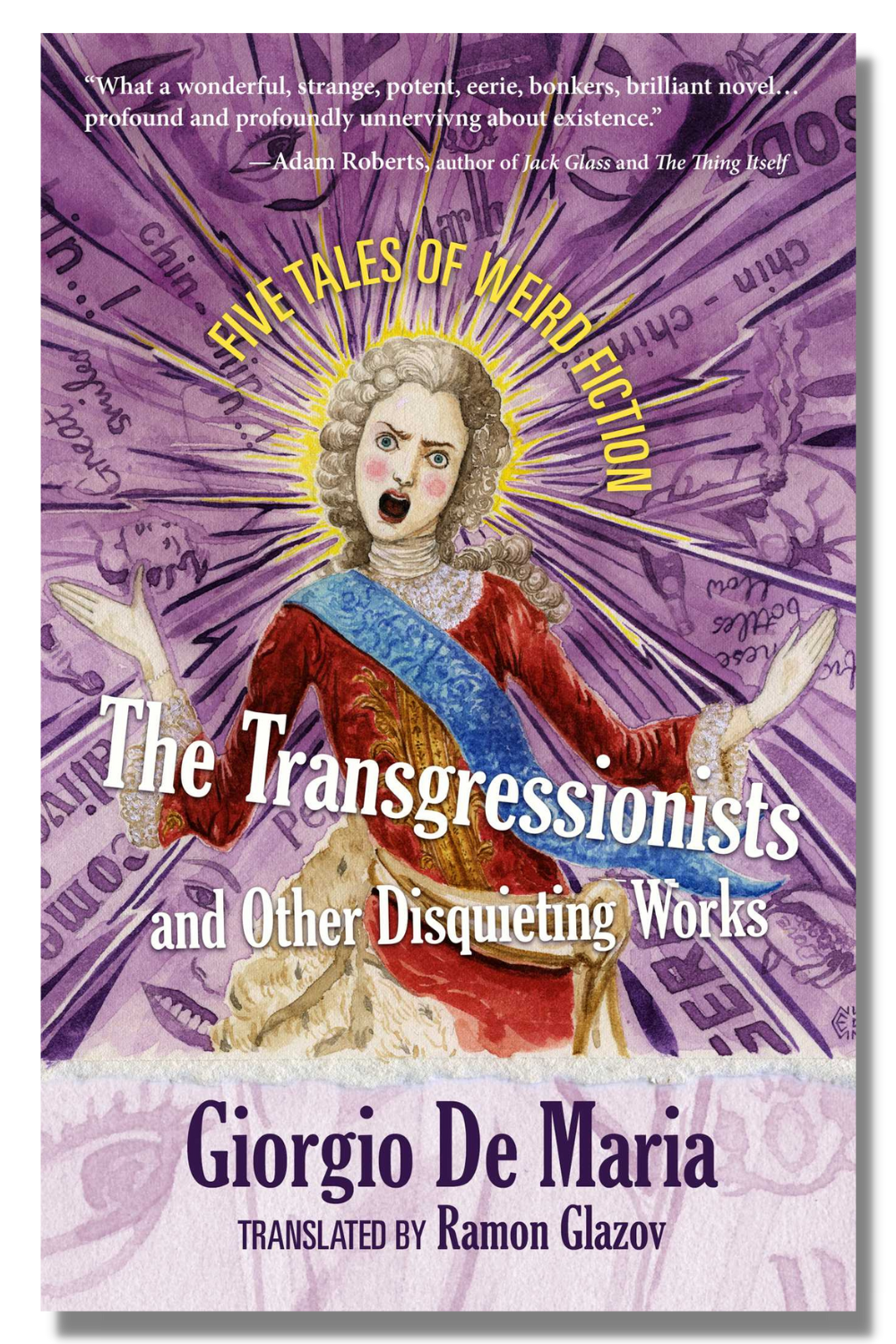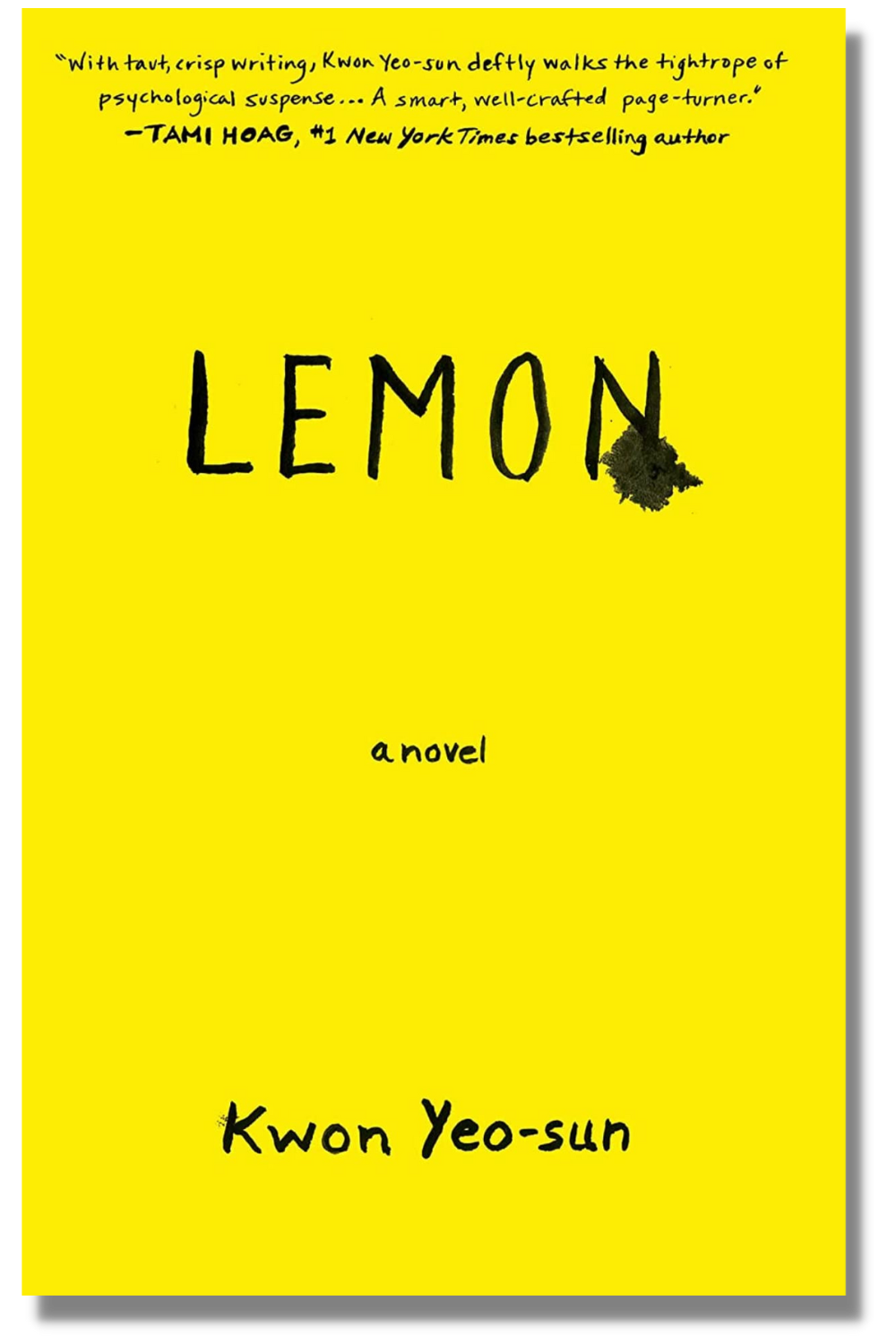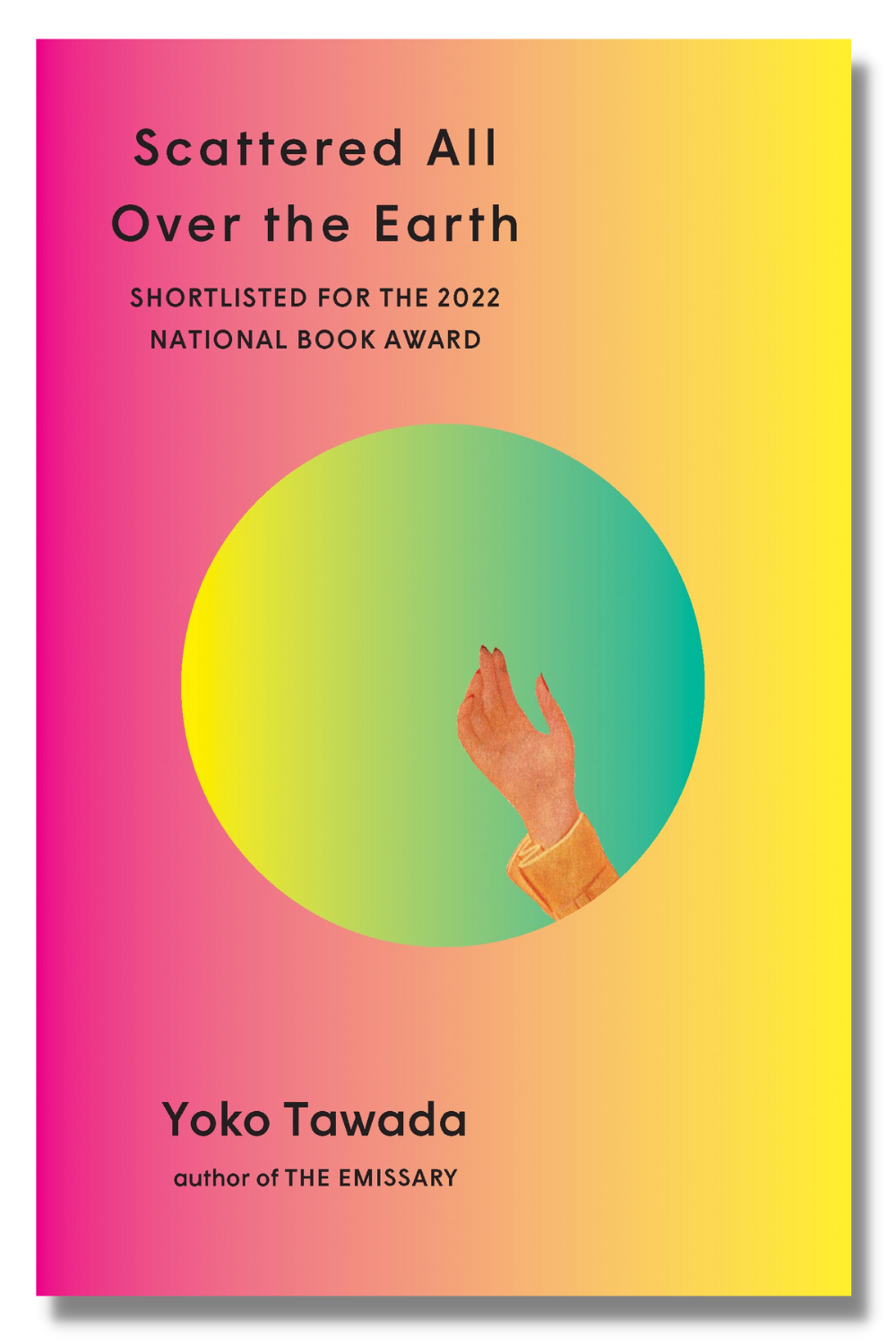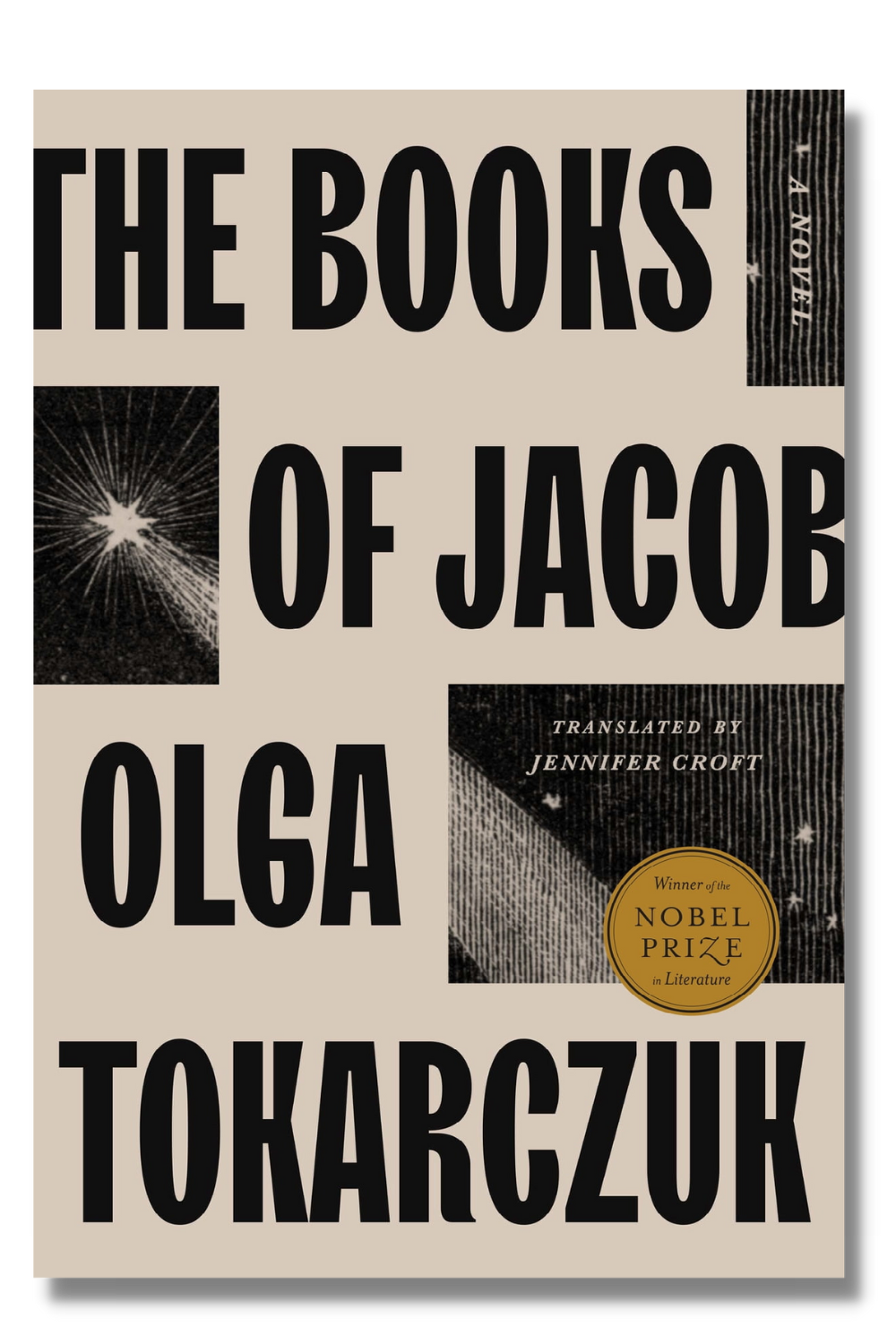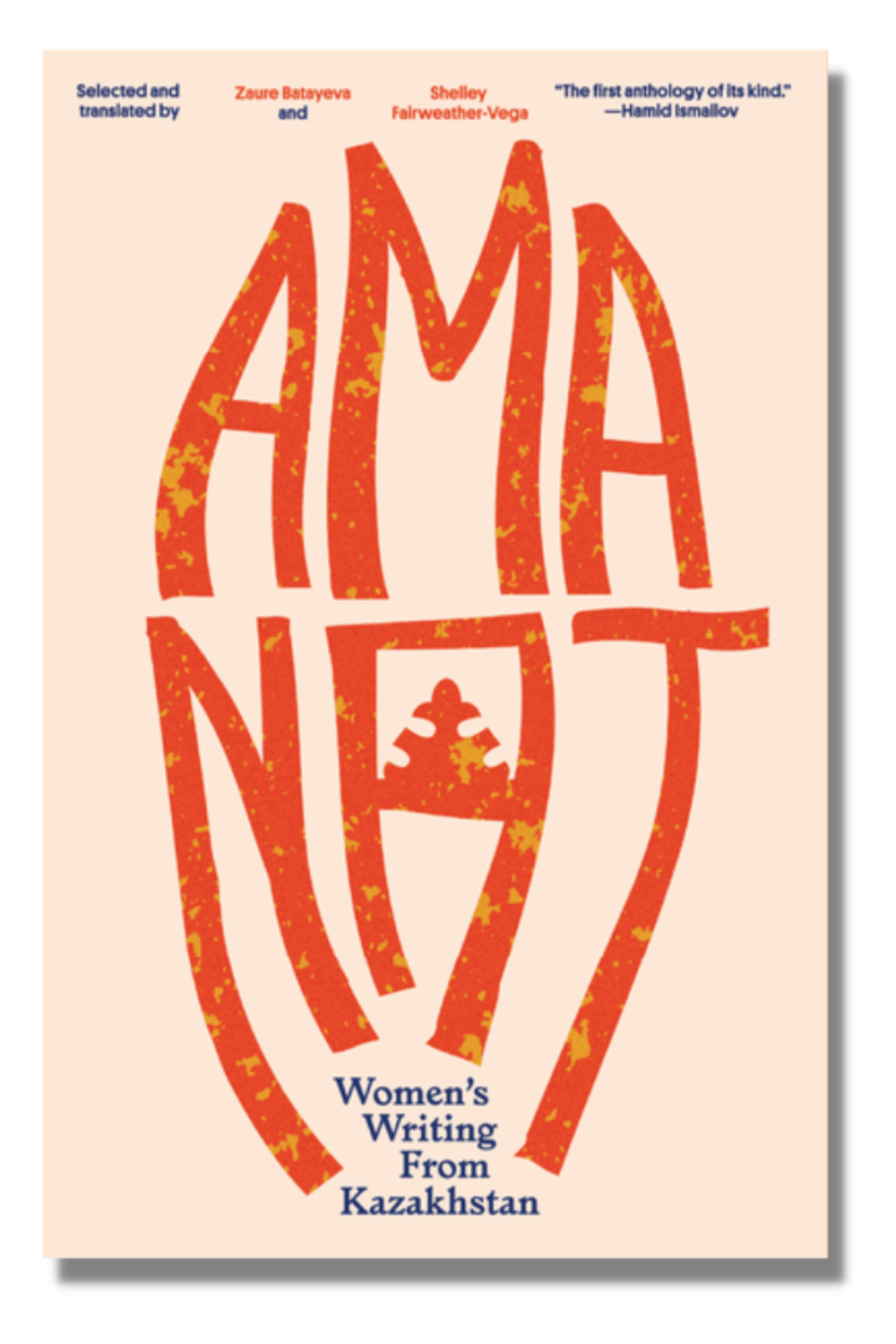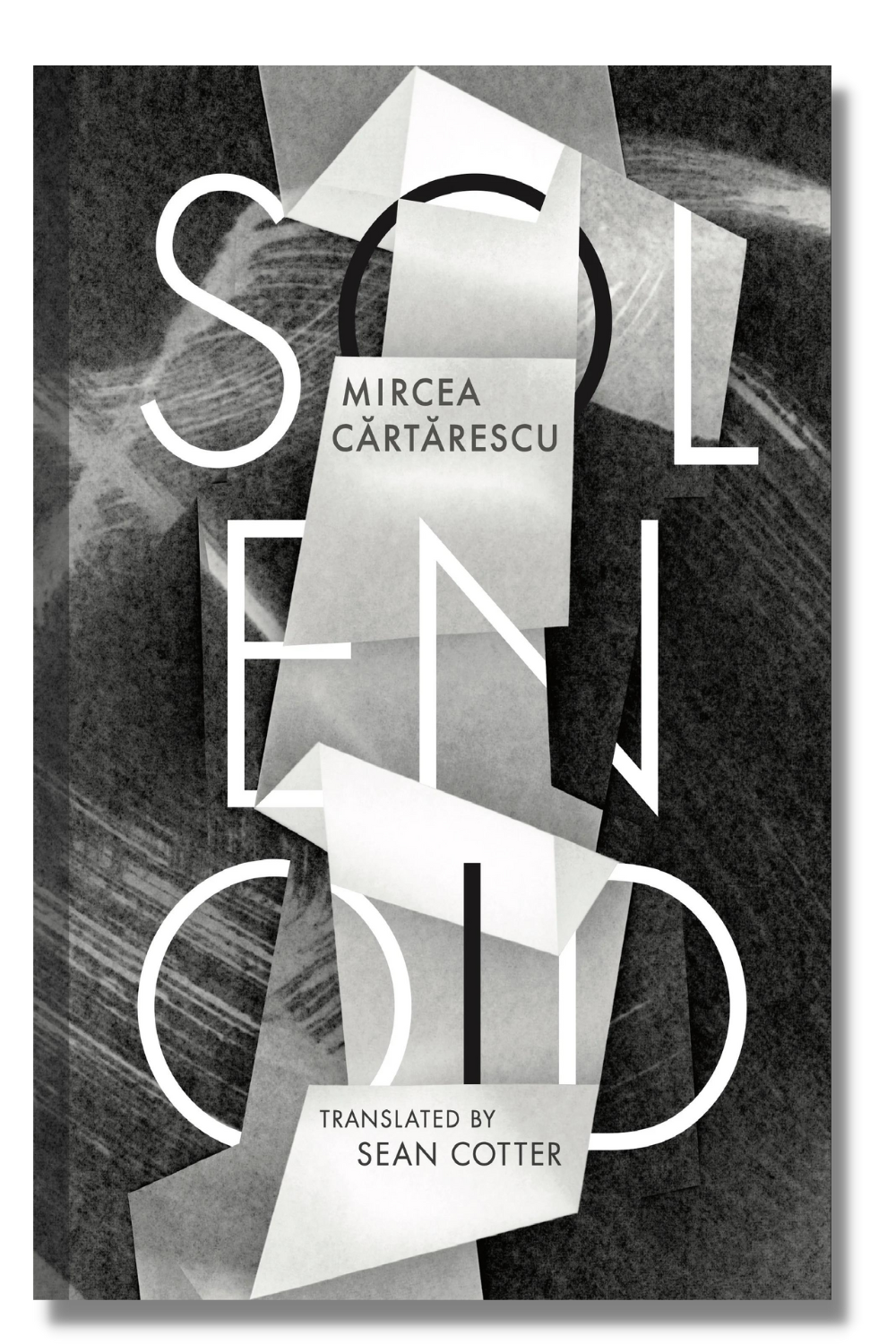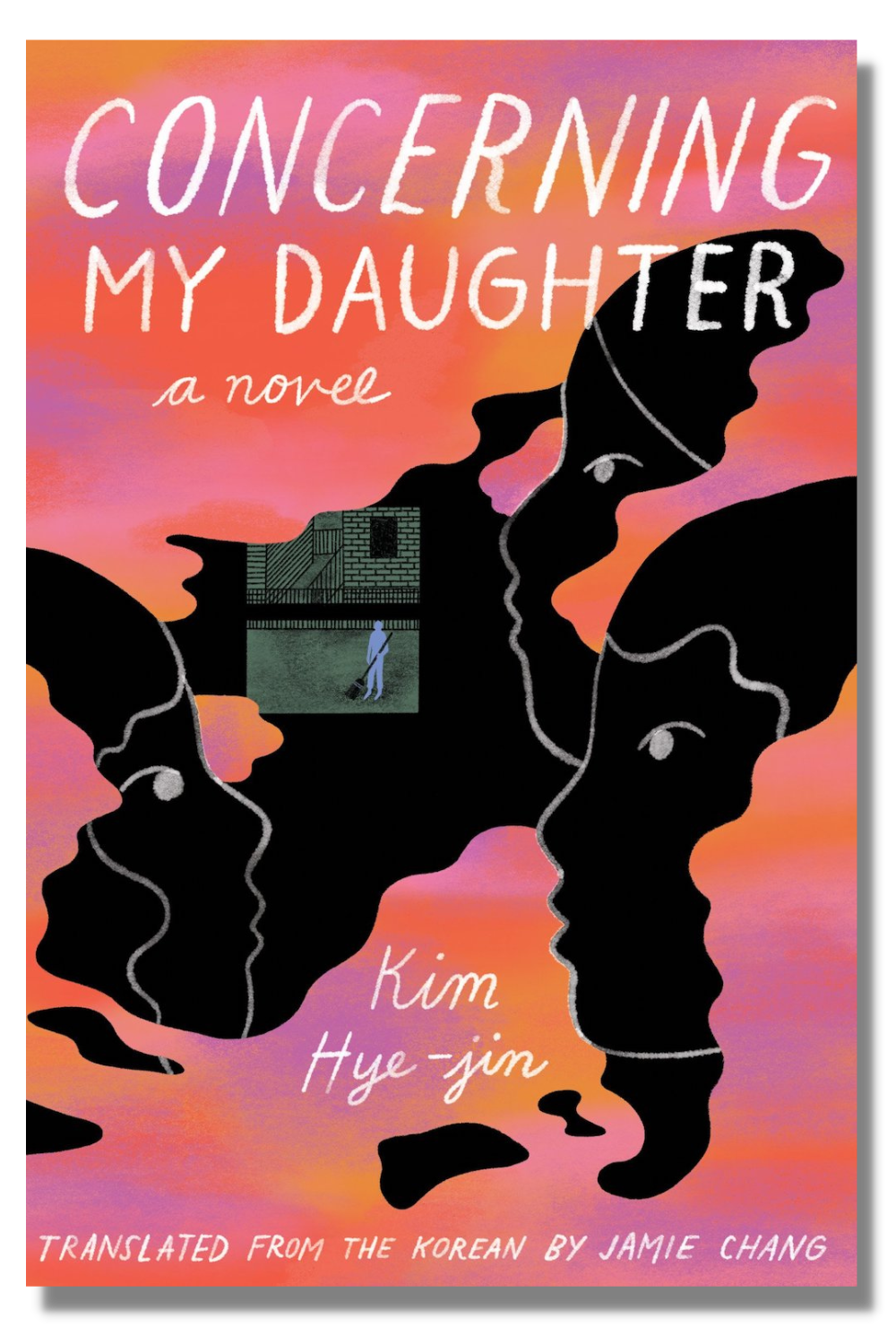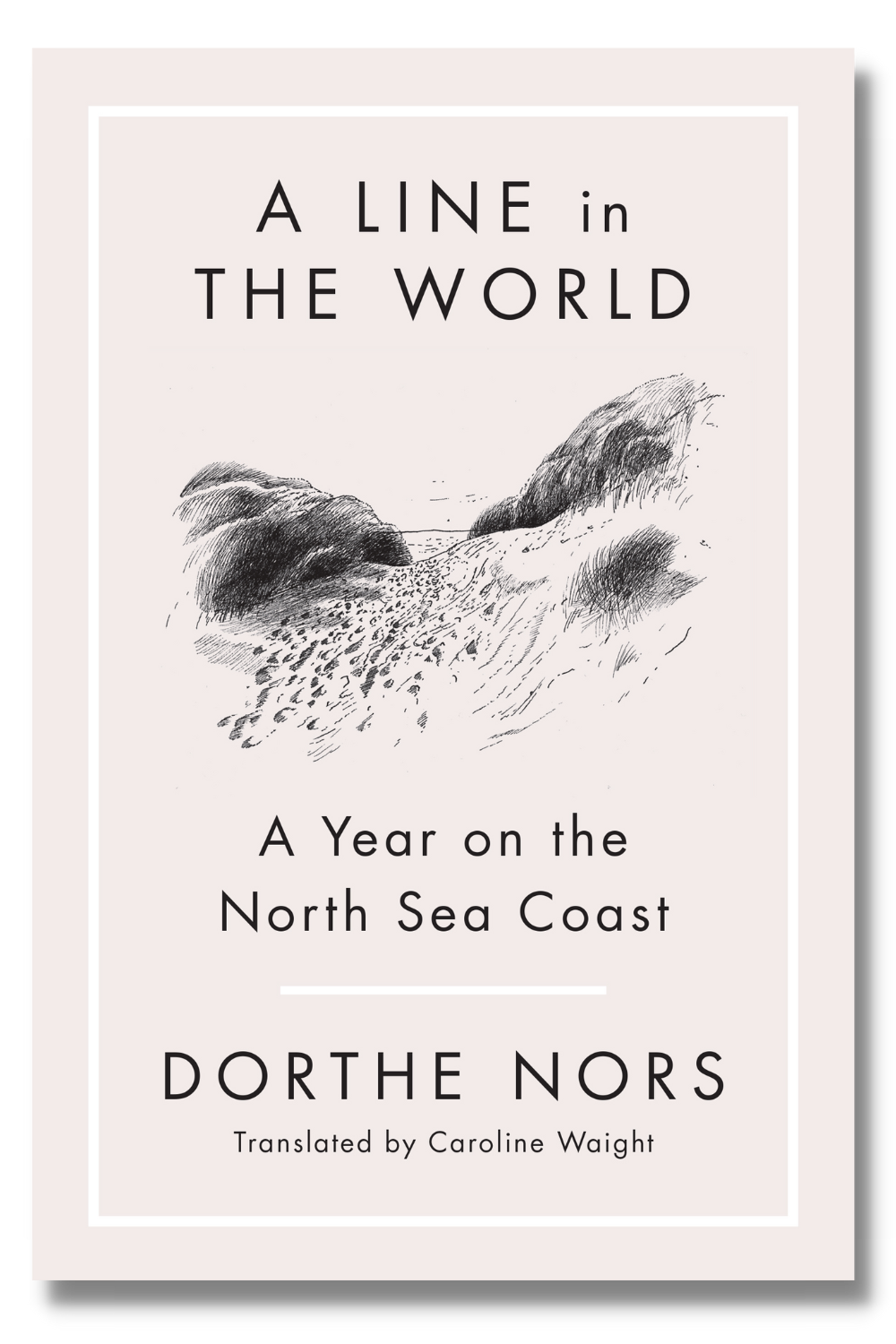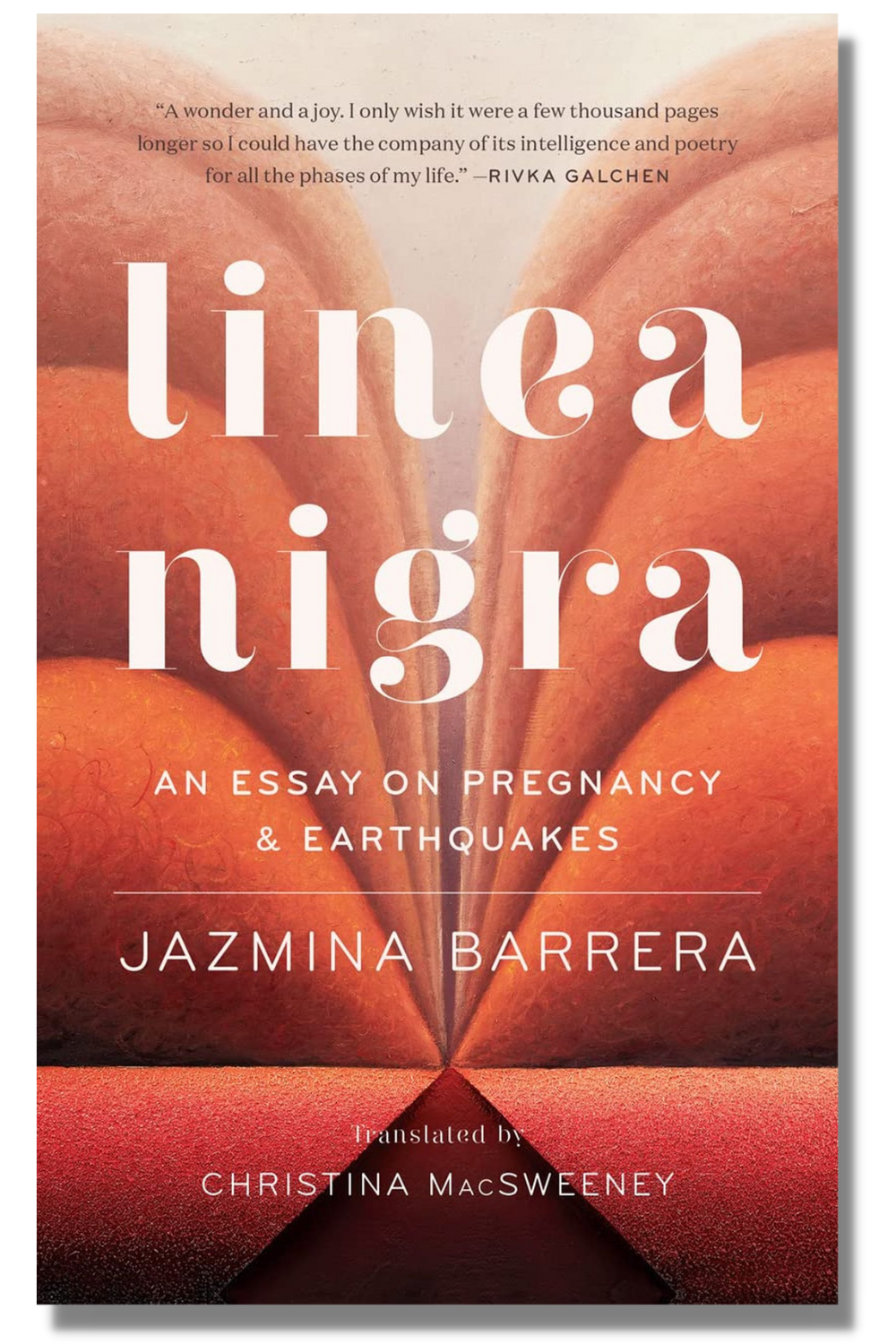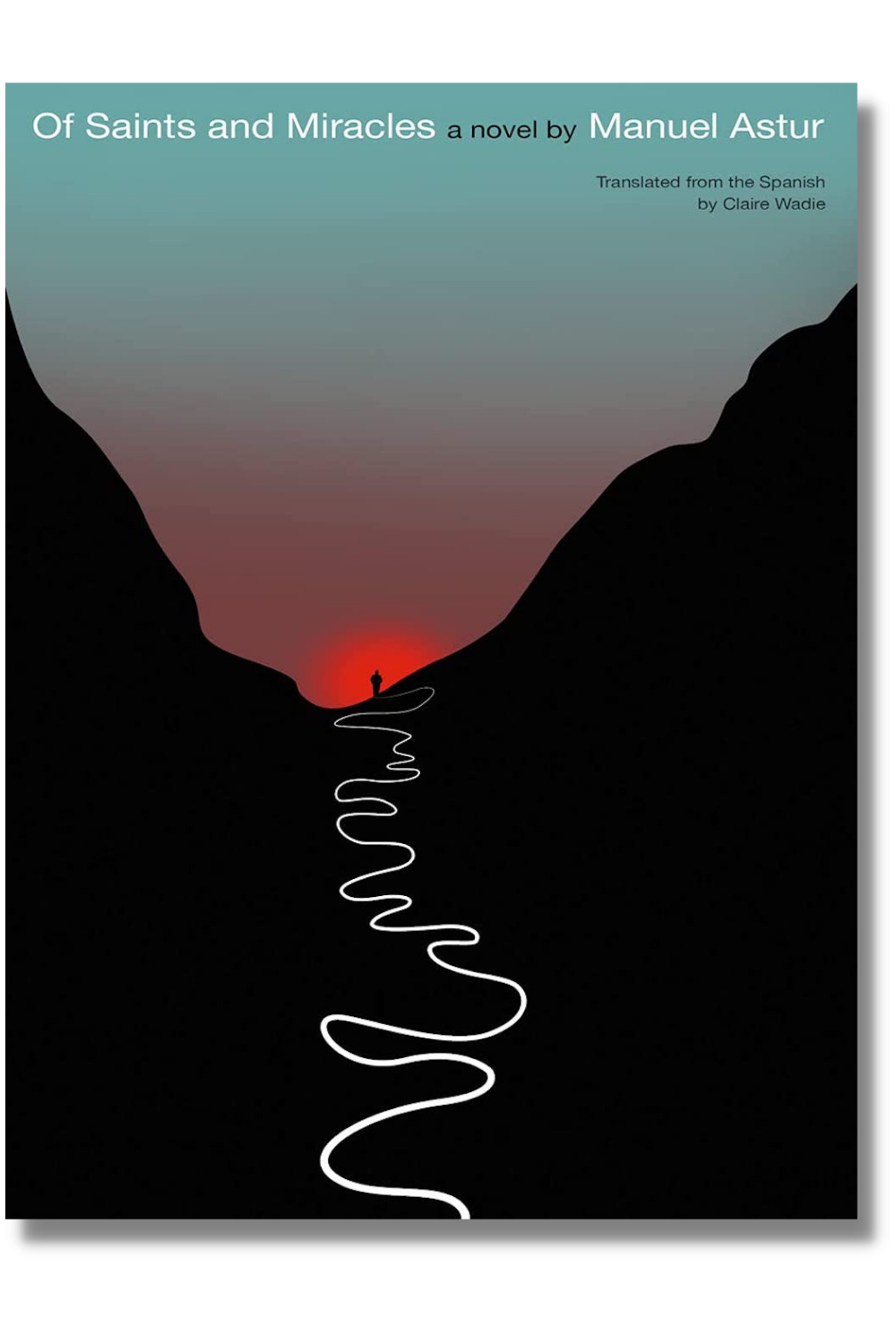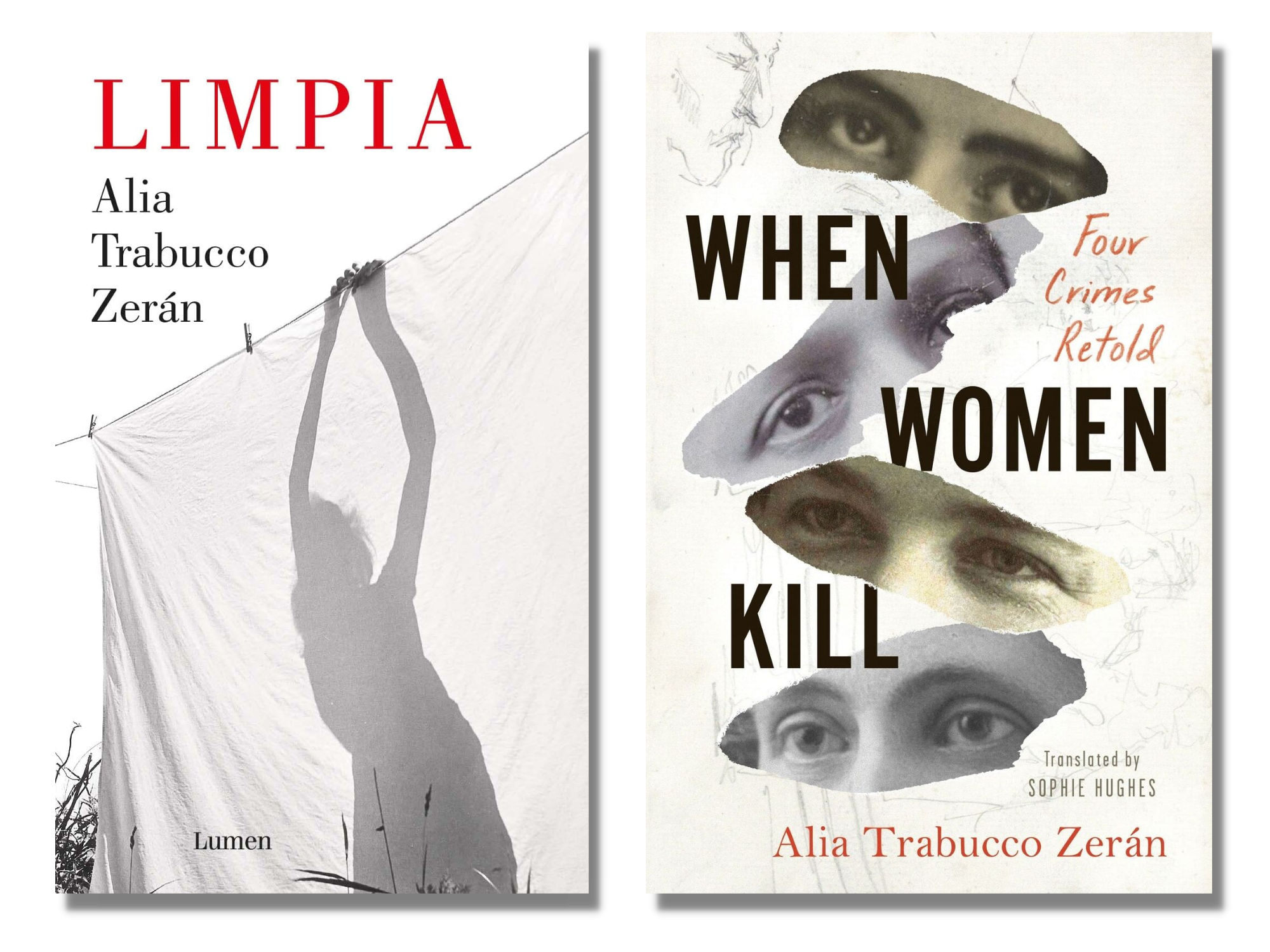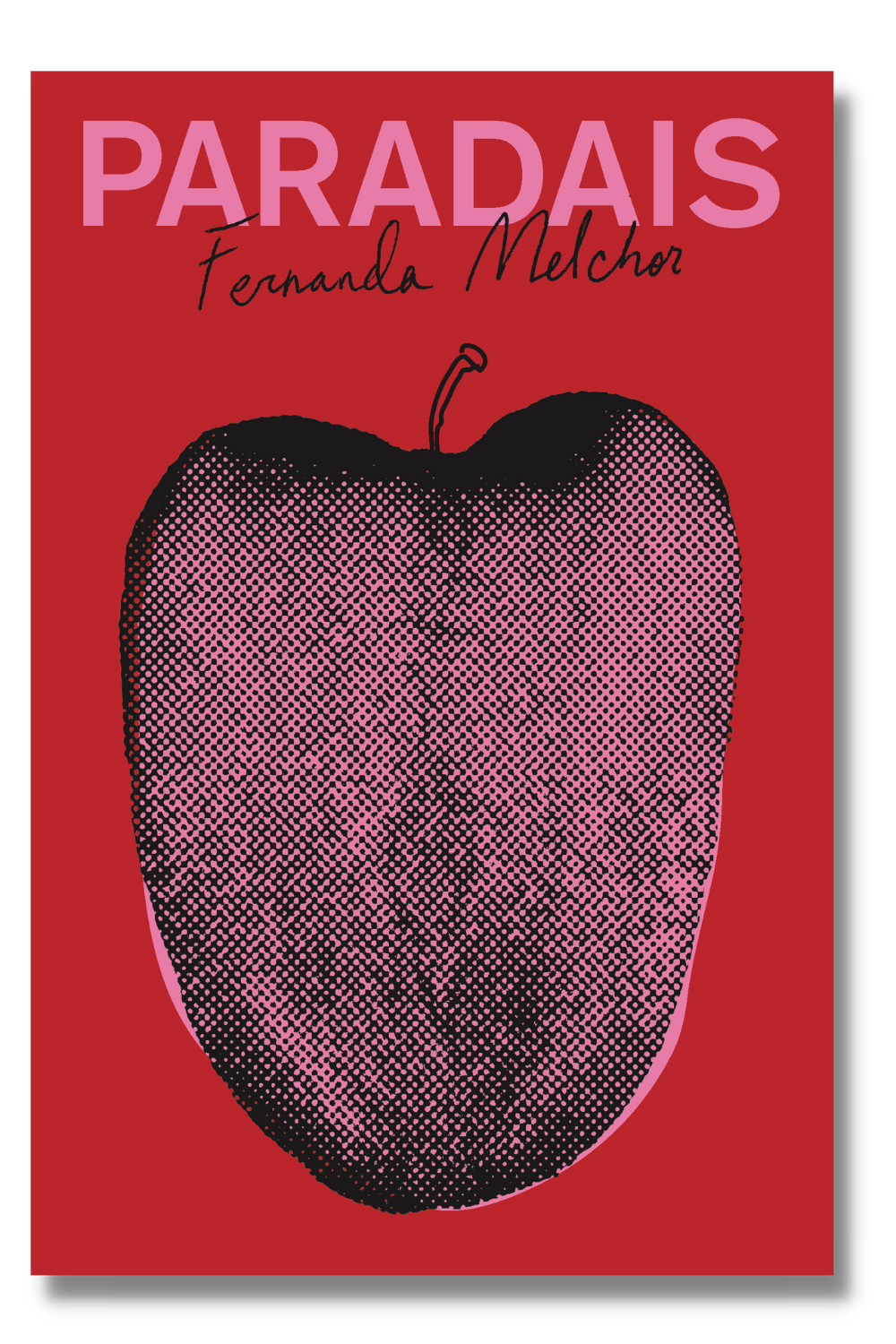One of the things I look for in works from other translators is how they approach specific language and culture challenges. This year, Alta L. Price’s English translation of Mithu Sanyal’s German novel Identitti was a personal masterclass. Besides being an engaging story about identity politics, the work is delightfully experimental and polyphonic with articles, blog entries, a quiz, tweets, Instagram and Facebook posts, and more. It has a fair bit of intertextuality, wordplay, and humor too. I studied German for two years at university and then worked in Berlin in 1993. Despite that now-rusty German, I read both the translation and enough of the original to see how, as Price writes in her afterword, every word is a decision and how we can play with the baggage that readers might bring to their reading of a translation. As an added treat, I was also able to interview the author and translator on how they collaborated to negotiate the aforementioned challenges. Beyond all of this, the novel is terrific in its own right because of how smartly Sanyal invites us to question our own biases about race, ethnicity, nationality, and more.
For 2023, I’m looking forward to Meena Kandasamy’s decolonial feminist interpretation of classic Tamil love poetry (from Galley Beggar Press and titled The Book of Desire) from Thiruvalluvar’s Tirukkural. I’ve appreciated Thomas Hitoshi Pruiksma’s translation, The Kural, and had the pleasure of discussing his translation approaches in January this year for my podcast at Desi Books. And I’m a big fan of Kandasamy’s works, both original and translated. So this upcoming book is high on my 2023 must-read list.
—Jenny Bhatt, translator and WWB contributor
I first read Giorgio De Maria’s The Twenty Days of Turin, translated by Ramon Glazov, not long after this decades-old novel was released in the US in 2017. Haunted by its depiction of political violence and uncanny forces, I waited for more of De Maria’s bibliography to arrive in translation. In 2022, that became a reality with The Transgressionists and Other Disquieting Works, also translated by Glazov, which brings together the majority of De Maria’s remaining work in translation.
The two short novels contained in this volume—along with a screenplay and two stories—showcase other aspects of De Maria’s style, but they’re every bit as unsettling as his other book. Glazov’s introduction provides essential commentary on De Maria’s works, along with an insightful biographical sketch.
Are you also left with the sense that the world is a little more haunted now than it previously was? It’s something that has me turning more and more to fiction that’s on the gothic side of the spectrum. That helps explain why Raphaela Edelbauer’s The Liquid Land, translated by Jen Calleja, is one of the 2023 books I’m most looking forward to. A hidden town, an ominous cavern, and an air of mystery—all of these things rank high on my list of ingredients for a memorable read.
—Tobias Carroll, Watchlist Editor
One of my favorite books in translation—no—one of my favorite books I read this year is Lemon, by Kwon Yeo-sun, translated by Janet Hong. Lemon opens like a classic mystery—a girl is dead, who killed the girl? I found myself racing through the book to figure out the answer, but then by the end, it didn’t matter anymore. I just wished I could experience the spectrum of emotion this short book took me through—I was confused, enraptured, concerned, stressed, but also in love, and it felt like meeting and falling for someone wholly new and unexpected. Even though Lemon’s taut prose invites you to read it as fast as possible, I advise you to savor each perspective (the novel has three), and not miss the subtle undertones that tell a whole second story, hidden within the lines of the mystery at hand.
I’m most looking forward to reading The Age of Goodbyes, a 2010 novel by Li Zi Shu and a Taiwanese best seller, only recently translated by YZ Chin. The Age of Goodbyes takes place during the 1969 race riots, a pivotal and deadly time in Malaysia’s history, and in it, a woman named Du Li An marries a gangster to secure her place in society.
—Vanessa Chan, author of forthcoming The Storm We Made
I recently finished Yoko Tawada’s Scattered All Over the Earth, translated from the Japanese by Margaret Mitsutani. I’ve always been drawn to books that deal with topics like multilingualism, migration, and borders, and Tawada’s novel tackles these topics (and much more) in a bizarre, inventive, and fascinating way that made my head spin in the very best way. The novel hooked me from the start with the introduction of “Panska,” a made-up language, and the novel’s humor and absurdity paired with thought-provoking reflections on language and identity made it difficult to stop reading.
For next year, I’m intrigued by Norman Erikson Pasaribu’s forthcoming short story collection Happy Stories, Mostly, translated from the Indonesian by Tiffany Tsao. (Note: the book is out now in the UK but forthcoming in the US.)
—Isabella Corletto, Editorial Fellow
I can’t resist choosing The Books of Jacob—maybe that’s because, though it has of course received acclaim, I find myself desperate to talk about it with people. And I’m fearful that, without my prompting, it will be the aspirational large book on the shelf, saved for a summer of reading that will never come, or for the start of another lockdown. At a dinner party last week, though, a friend revealed that he had read it. The night was, in retrospect, probably derailed for everyone else. My friend and I talked about our favorite sequences (the section where Jacob Frank is in the monastery for me), our favorite characters, the moments of description that we’ll never forget. We were both smiling like idiots. Olga Tokarczuk’s achievement staggers me when I think of it—it is a novel that melds research and form to feel, immediately, like a classic. The experience of reading Jennifer Croft’s translation reminded me of the sense of wonder I experienced as a child when I held a big, beautiful, and surprising book. The Books of Jacob is also a great example of a work whose high-literary hijinks—the chapters count down, the illustrations are marvelous—always support the form. I especially admired how, toward the end, we find ourselves in a more realist novel. The character of Frank, so hazy, so obscured, comes fully into focus, shifting with the style of the form that contains him. 2666 is my favorite comp here—like Bolano’s masterwork, I hope people find their way back to The Books of Jacob, again and again, or for the first time.
I loved German writer Mithu Sanyal’s Identitti (Astra House), a sly, funny, and provocative look at the intersection—more accurately, collision—of cultural appropriation, identity politics, and academic celebrity, with running commentary from the rubbernecking Twitterati and the Hindu goddess Kali. A high-profile South Asian postcolonial studies superstar is unmasked as white; as the scandal goes viral and her graduate student and acolyte, Nivedita, reels, the unrepentant professor mounts a defiant and penetrating interrogation of race, privilege, and identity. Alta L. Price’s sparkling, inventive translation keeps the talky narrative zipping along.
Although it’s the most widely spoken African language, Swahili seldom makes it into English translation. I’m looking forward to No Edges: Swahili Stories, an anthology with several translators forthcoming from Two Lines.
—Susan Harris, Editorial Director
There were so many fantastic books in translation to choose from this year, including one from former WWB Campus graduate intern Olan Munson, who collaborated with Oh Eunkyung on a translation of Lim Solan’s wonderfully titled poetry collection Grotesque Weather and Good People. However, I’d have to say that my absolute favorite was Amanat: Women’s Writing from Kazakhstan, edited and translated by Zaure Batayeva and Shelley Fairweather-Vega, with contributions from Sam Breazeale and Gabriel McGuire.
Amanat includes a longer version of Zira Naurzbayeva’s tribute to a generation of “thunder grandmas” first published in English in WWB and featured on the WWB Campus blog alongside ideas for educators. An excerpt from Zaure Batayeva’s acerbic novel School was the next piece to catch my eye; although the particulars were different, I recognized a certain former principal in the character of the school’s ethically flexible President.
Other writing I particularly enjoyed within the collection includes the witty gender essentialism of Lilya Kalaus’s “How Men Think” and Aya Ömirtai’s “18+,” which approaches gender from a different angle. I also appreciated the collection’s generous inclusion of multiple works from Naurzbayeva, Batayeva, Kalaus, and others; more than a sampling, this book allows readers to get to know individual authors.
For 2023, I’m excited to read French Nobel Laureate Annie Ernaux’s novel Look at the Lights, My Love, translated by Alison L. Strayer and forthcoming from Yale University Press. The publisher describes it as “a diaristic meditation on the uniquely modern phenomenon of the big-box superstore: an institution that is part of all of our lives but has been paid scant attention in art and literature.” I beg to differ—there is, after all, the late ABC series Reaper—but I’m still excited to read this book.
—Nadia Kalman, Editor and Curriculum Designer
Solenoid by Mircea Cartarescu is a masterfully obsessive novel about a discontented twenty-seven-year-old teacher and failed writer who is prone to discursive, but not desultory, meditations on parasites (his students have lice), death (he joins a subterranean cult that protests human mortality), and conspiracies (the titular solenoids have been installed under scores of houses in Bucharest, including the narrator’s, comprising an absurdist end-of-days device). A surreal examination of life under Nicolae Ceausescu expertly translated by Sean Cotter, Solenoid is, as the narrator suggests, like “living in [his] skull.” As it turns out, this was a life I didn’t want to leave and one I will inhabit many times over.
—Zain Khalid, author of Brother Alive
Concerning My Daughter by Kim Hye-jin, translated from the Korean by Jamie Chang, is the story of an unnamed woman struggling against her own prejudices and dispassion. On the one hand, her affection for a patient at the nursing home where she works rouses her into uncharacteristically active conflict with society’s failure to care for its most vulnerable. On the other, her homophobia estranges her from her lesbian daughter. Kim’s choice to narrate this novel in the first person, from the point of view of the mother, is risky. But the author’s ability to extend compassion to her protagonist without seeming to excuse her often abhorrent views is masterful. Chang’s translation is alive with tension. The result is a keen and unsettling character study.
A book that I’d hoped to get to this year but didn’t is Scholastique Mukasonga’s Kibogo, translated from the French by Mark Polizzotti. I plan to read it during my winter break.
—Nadia Owusu, author of Aftershocks
One of my favorite international reads this year was Dorthe Nors’s A Line in the World, translated by Caroline Waight. I had loved Nors’s novel Mirror, Shoulder, Signal and was looking forward to seeing how she would handle what seemed an unusual topic in her first book of nonfiction: the North Sea and, more specifically, Denmark’s North Sea coast. As I had hoped, A Line in the World shared the novel’s sense of humor, its quietness, its occasional moment of melancholy. Two themes emerge as Nors drives up and down the coast: the fragility of life by the water, the knowledge that rising tides could at any moment submerge entire towns, just as they did in the fourteenth-century “Great Drowning of Men”; but also the growing encroachment of humanity into a landscape that has maintained much of its wildness and isolation even in the twenty-first century. The intriguing historical anecdotes, glimpses of Nors’s childhood in Jutland, and amusing road trip observations woven throughout A Line in the World add color to this thought-provoking and enjoyable read.
In 2023, I’m looking forward to Augusto Higa Oshiro’s The Enlightenment of Katzuo Nakamatsu. Translated by Jennifer Shyue and forthcoming from Archipelago Books, the novel explores, among other topics, Japanese Peruvian identity, isolation, and the loss of community. (For a sense of Higa Oshiro’s work, check out “Simple Heart,” also translated by Shyue and published in WWB’s 2020 issue of Asian Peruvian writing).
—Nina Perrotta, Editor and Development Coordinator
The oftentimes perplexing and painful, revelatory, and even beautiful experience of being pregnant and birthing a child creates a strange and encompassing world in which one can feel quite isolated. In this context, Jazmina Barrera’s Linea Nigra, in Christina MacSweeney’s sensitive translation, provides a space to dialogue with the sensations, frustrations, and revelations that are hard to share with anyone who hasn’t experienced them—but the book also opens a window on a fundamentally human story that has been insufficiently explored in literature. I was grateful for Linea Nigra, the first book I read after birthing my second child, as much for Barrera’s fascinating collection of pregnancy and motherhood-related artistic and literary references as for her thoughtful observations of her own experience. And thanks to the book’s fragmentary format, I could read it as it was written, in small bites, within the nonstop loop of caring for a newborn. A meta-translation bonus: in the book, Barrera references another essay on pregnancy and childbirth that she is in the process of translating into Spanish: Rivka Galchen’s Little Labors.
—Karen Phillips, Executive Director and Publisher
This past year I loved reading Manuel Astur’s Of Saints and Miracles, for which Claire Wadie won the Peirene Stevns Translation Prize (for a first-time translator); it follows a man who is being hunted throughout the mountains of northern Spain post-fratricide.
In the year ahead, I’m excited to dive into Ellen Jones’s translation of The Remains, a novella by Margo Glantz, one of the grandes dames of Mexican letters; the book captures a woman’s memories of her ex-husband’s funeral and the celebration of his life.
—Samantha Schnee, Founding Editor and Chairman of the Board
This year I have loved reading the thrilling and provocative novel Limpia by Alia Trabucco Zerán. Trabucco Zerán is a bold, brilliant talent and the author of When Women Kill: Four Crimes Retold, which just won the 2022 British Academy Book Prize for Global Cultural Understanding and whose earlier novel The Remainder was longlisted for the International Booker Prize. Keep an eye out for Sophie Hughes’s English translation of Limpia, which is forthcoming from Riverhead in early 2024.
I have also been reading the devastating, extraordinary, and unforgettable Banzeiro Òkòtó: The Amazon as the Center of the World by Eliane Brum, translated from the Portuguese by Diane Whitty and coming out in 2023 from Graywolf Press. Urgent reading for us all is the imprisoned British Egyptian activist and thinker Alaa Abd El-Fattah’s You Have Not Yet Been Defeated, translated by a collective, edited by Omar Robert Hamilton, prefaced by Naomi Klein, and published earlier this year by Fitzcarraldo and New Directions. Support #FreeAlaa. There is no way back.
—Rebecca Servadio, Board Member
My favorite book in translation from 2022 was Fernanda Melchor’s Paradais, translated by Sophie Hughes and published by New Directions. When I heard Fernanda Melchor describe herself as “David Lynch’s granddaughter” in an interview promoting the book, I knew I was in for a wild ride. There is something sinister lurking behind the manicured lawns and impressive façades of the Paradais luxury housing development. Franco, a teenager living in the gated community, befriends Polo, a high school dropout who works there as a gardener. When Franco develops an obsession with his neighbor, Señora Marián, the two boys devise a chilling plan to get her attention. Melchor packs an explosive tale of violence and toxic masculinity into a tight 128 pages, short enough to devour in one sitting. But be warned: this one is not for the faint of heart.
In 2023, I’m excited to read Dorothy Tse’s Owlish, translated from the Chinese by Natascha Bruce. Set in an alternate Hong Kong, this novel about a literature professor who falls in love with a ballerina doll sounds both delightfully surreal and haunting.
—Maggie Vlietstra, Editorial Assistant
Copyright © 2022 by Words Without Borders. All rights reserved.
Disclosure: Words Without Borders is an affiliate of Bookshop.org and will earn a commission if you use the links above to make a purchase.









